
Patricia Smith, President of the Lyme disease Association Inc., discusses Lyme disease infection prevention.

Patricia Smith, President of the Lyme disease Association Inc., discusses Lyme disease infection prevention.

Patricia Smith, President of the Lyme Disease Association, Inc, explains why May is Lyme Disease Awareness Month.

Patricia Smith, President of the Lyme Disease Association, Inc, shares thoughts on the difficulties many patients face in accessing treatment for Lyme disease.

Patricia Smith, President of the Lyme Disease Association, Inc, explains what you need to know about the time it takes for Lyme to be transmitted from tick to host.

Patricia Smith, President of the Lyme Disease Association, Inc, discusses how tick-borne diseases have grown in the United States.

As health departments around the country continue to report new West Nile virus activity, a new study explores how the brain protects itself from this and other mosquito-borne viruses.
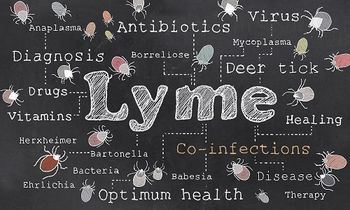
Lyme Disease Association President, Pat Smith, takes on the major problems surrounding Lyme disease today.

Jean-Paul Gonzalez, MD, PhD, Deputy Director, Center of Excellence for Emerging and Zoonotic Animal Diseases (CEEZAD), Kansas State University, Adjunct Professor, Kansas State University, explains the importance of vector control in the fight against Zika.
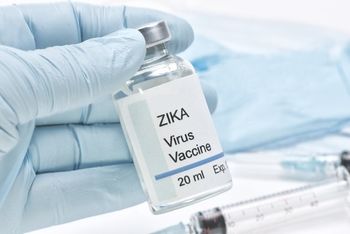
Researchers from Beaumont hospital have developed a Zika virus diagnostic test that yields quick results. In addition, a Zika vaccine may be coming our way, but perhaps not in the way we hoped.

In case you missed them, here are our top 5 articles for the week of May 14, 2017.
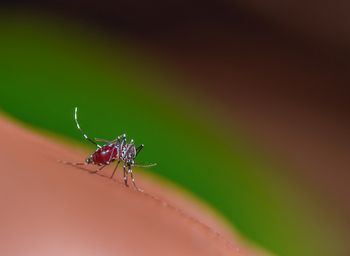
Researchers from Stanford University use mechanistic models to predict the temperatures at which mosquitoes are likely to contract Zika and other arboviral diseases and transmit them to humans.

Patricia Smith, President of the Lyme disease Association, discusses the difficulty of diagnosing and treating Lyme disease.
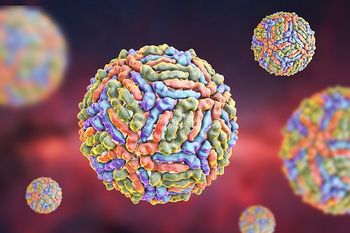
With multiple states reporting their first cases of West Nile virus, health officials are noting an early start to the virus’s seasonal activity and reminding the public to partake in mosquito control efforts.
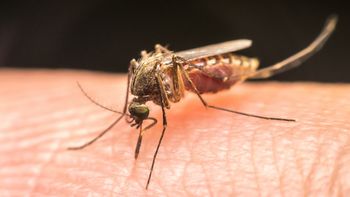
Due to a significant drop in new Zika cases, the Ministry of Health has declared the national emergency status over.
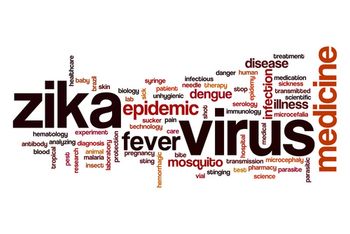
At the 2017 Annual EIS Conference, researchers presented findings from a prospective case-control study on acute Zika infection at 9 hospitals in Puerto Rico, as well as on a patient who was paralyzed due to Guillain-Barre Syndrome, unrelated to Zika infection.

Experts explore how to develop and deliver effective prevention and treatment methods.

In case you missed them, here are last month's Top 5 news articles from Contagion®.

In case you missed them, here are our top 5 articles for the week of April 30, 2017.

The CDC just released updated testing recommendations for asymptomatic pregnant women with possible exposure to the Zika virus.

Epidemic Intelligence Service officers from the Centers for Diseases Control and Prevention recently released research revealing that cases of Q Fever may be underreported in the United States.
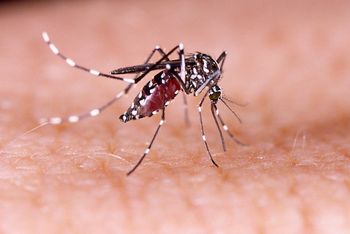
Researchers may have discovered a way to prevent Zika, Dengue and Chikungunya viruses from replicating in human cells.

Jean-Paul Gonzalez, MD, PhD, Deputy Director, Center of Excellence for Emerging and Zoonotic Animal Diseases (CEEZAD), Kansas State University, Adjunct Professor, Kansas State University, discusses the parallels between past Ebola outbreaks, and how they can help us manage the current Zika pandemic.

The NIH has developed a platform called SHERLOCK, capable of quickly detecting small amounts of nucleic acid sequences—and it’s cheap.

In case you missed them, here are our top 5 articles for the week of April 23, 2017.

Manufacturing issues have led to a shortage of the only yellow fever vaccine licensed in the United States; now, that shortage is expected to lead to a complete depletion of available vaccine by mid-2017.